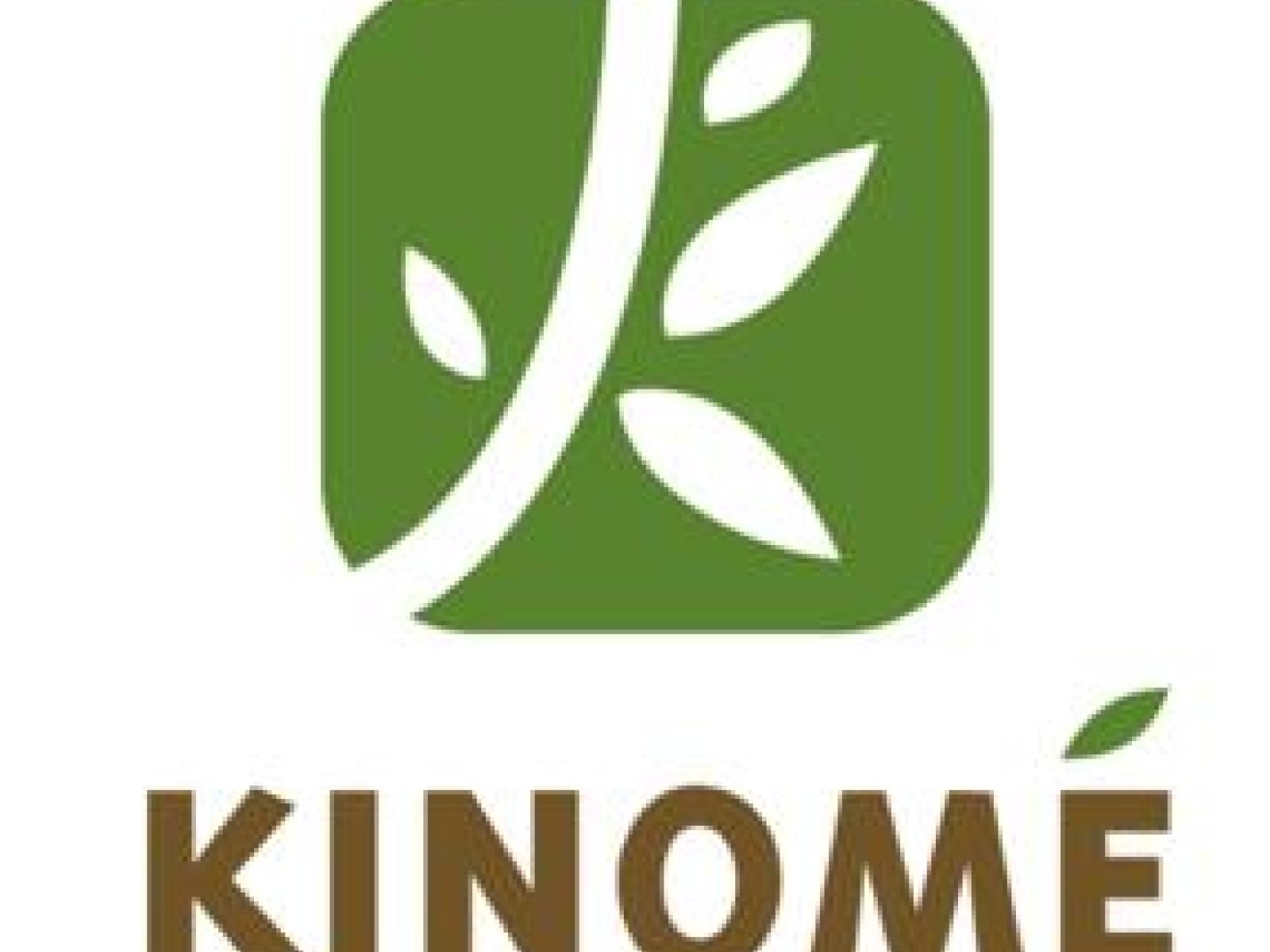An Overview Of Our Solution
- Population Impacted:
- Continent: Africa
Organization type
Population impacted
Size of agricultural area
Production quantity
People employed
Describe your solution
Describe your implementation
External connections
What is the environmental or ecological challenge you are targeting with your solution?
Describe the context in which you are operating
Togo is situated on the coast of the Gulf of Guinea in West Africa. It consists of a narrow strip of land with a total area of 56,600 km², bordered by Ghana to the West, Benin to the East and Burkina Faso to the North. The project took place in two production areas: Tabligbo (Yoto Prefecture, Maritime Region), which is the historic moringa basin; Kpalimé (Prefecture of Kloto, Region of the Plateaus), which is an extension area. As in the other regions of Togo, 70% of the active population is employed in agriculture and the incidence of poverty remains high (50-60%). In Togo, moringa cultivation and processing leaves into powder has existed for years but faces challenges: plantation dynamics were disabled by low access to domestic and foreign markets and this was due to unsuitable equipment and quality management (moringa produced by cooperatives was often contaminated). Also, producers did not studied enough the all diversity of moringa market (products, prices, key messages)
How did you impact natural resource use and greenhouse gas emissions?
Language(s)
Social/Community
Water
Food Security/Nutrition
Economic/Sustainable Development
Climate
Sustainability
The sustainability of our solution relies on the fact that moringa is a fast growing tree (short term investment), very resilient (drought resistant) and a response to local immediate real need: nutrition. Testimonies and scientific papers show that moringa consumption has positive impacts on health (eg. Farmers told us e decrease of fatigue and illness) so it saves health expenses. Moringa cal also enrich recipes in school canteens, providing a cost effective solution for education authorities and aid agencies. Last but not least, market demand of moringa is increasing each month.
Return on investment
Entrant Image

